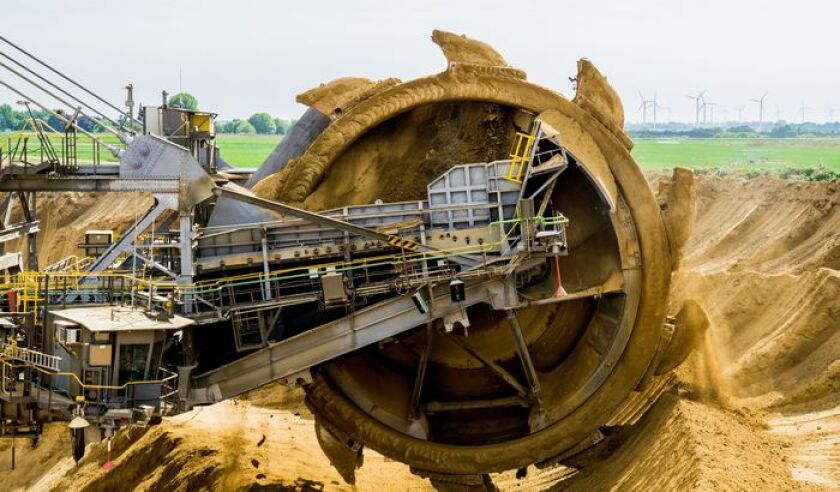An “atrocious” loss record, with claims far exceeding premium income in 2017 and 2018, is driving significant price increases in the mining insurance market, according to a report from Willis Towers Watson.
Loss-hit mining market ‘hardening but not yet hard’: Willis


